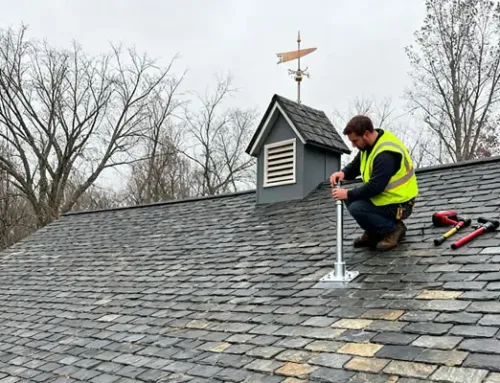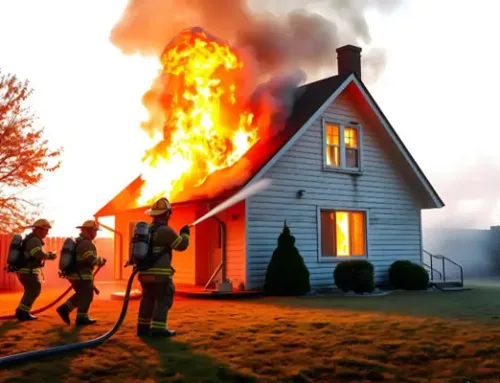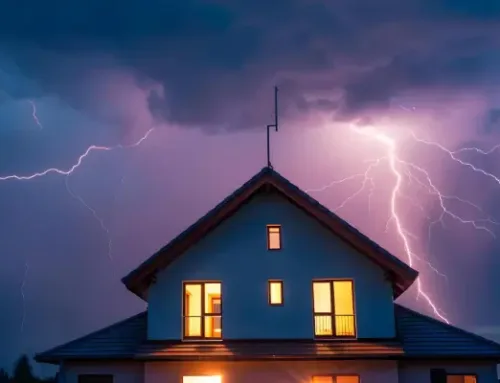Lightning rods play a crucial role in protecting buildings and structures from lightning strikes by safely directing electrical discharges into the ground. Proper installation is key to ensuring their effectiveness. In this article, we will discuss the best locations for installing lightning rods to maximize safety and protection.
1. On the Highest Points of a Structure
Lightning rods should always be installed on the highest points of a building, such as:
- Roof peaks
- Chimneys
- Parapets
- Towers or spires
Since lightning follows the path of least resistance, placing rods on elevated points ensures they capture strikes before they hit other parts of the structure.
2. Along Roof Ridges and Edges
In addition to the highest point, installing multiple rods along roof ridges and edges enhances protection. This is particularly important for:
- Large or irregularly shaped roofs
- Buildings with multiple peaks
- Flat roofs where lightning can strike any exposed corner
3. Near Skylights and Vents
Metal vents, skylights, and other rooftop openings can be vulnerable to lightning strikes. Installing rods nearby helps divert electrical currents away from these weak points.
4. Atop Tall Structures Like Chimneys and Antennas
Chimneys, antennas, and rooftop HVAC units should be protected with dedicated lightning rods to prevent damage and fire hazards.
5. On Free-Standing Structures
Lightning protection isn’t limited to buildings. Free-standing structures also require lightning rods, including:
- Communication towers
- Water towers
- Wind turbines
- Flagpoles
- Gazebos and pergolas
6. Surrounding the Perimeter of Large Buildings
For expansive commercial or industrial buildings, lightning rods should be spaced strategically along the perimeter. This approach distributes protection evenly and reduces the risk of side flashes.
7. On Trees Near Buildings
If a tree is taller than a nearby building, installing a lightning rod on the tree can prevent indirect strikes that could jump to the structure.
Ensuring Proper Grounding
Installing lightning rods alone is not enough—they must be properly grounded. This involves:
- Connecting the rod to a conductive cable
- Running the cable down the side of the building
- Burying grounding rods deep into the soil
Without proper grounding, a lightning rod will not effectively dissipate electricity, potentially causing more harm than good.
Conclusion
Proper installation of lightning rods significantly reduces the risk of damage from lightning strikes. They should be placed on the highest points of structures, along roof ridges, near vulnerable openings, and on standalone structures. Additionally, ensuring correct grounding is crucial for effective lightning protection. If you’re unsure about installation, consider consulting a professional to ensure safety and compliance with local regulations.
By following these guidelines, you can protect your property from the destructive forces of lightning and safeguard both people and assets.





